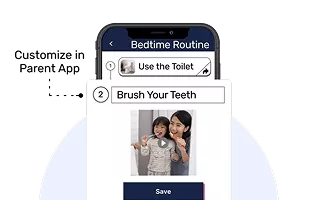Nonverbal cues are the ways people show their feelings without using words. This includes things like facial expressions, body movements, eye contact, and hand gestures. Kids with special needs often rely on these cues more than spoken language to express how they feel or what they need. Even something as simple as how a child is standing can tell you a lot about what’s going on inside.











